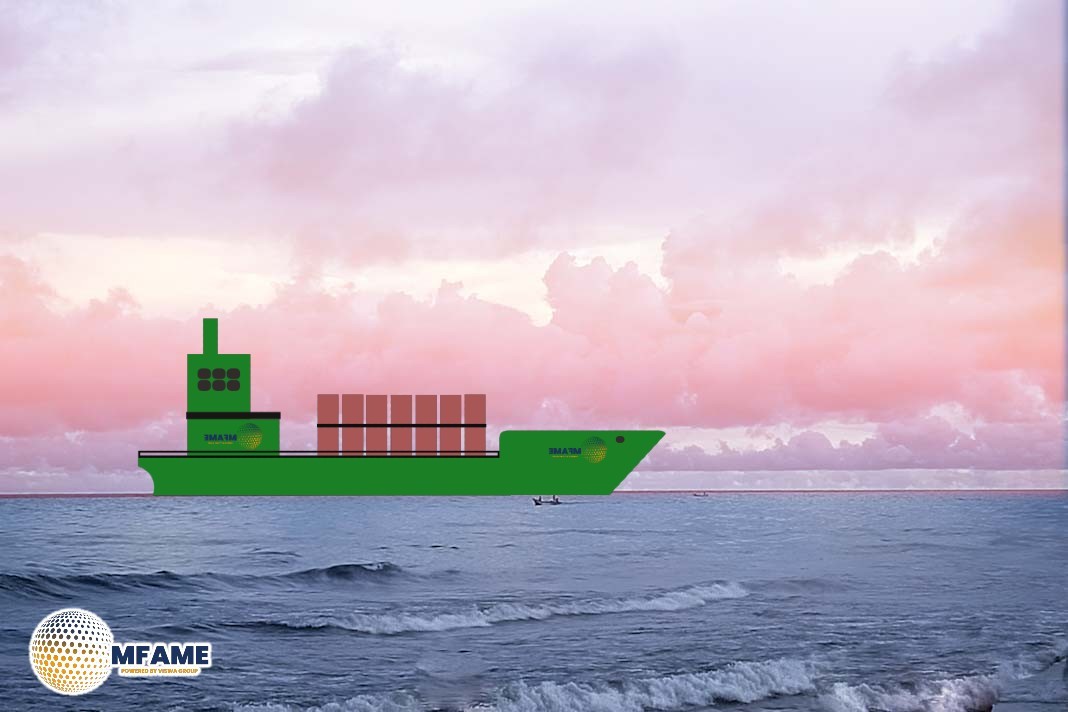- EU and IMO Strive for Alignment on Maritime GHG Emission Rules.
- Shipping Industry Faces Overlap in EU and IMO Emissions Regulations.
- Brussels Eyes Revisions to Shipping Emissions Rules Amid Global Push.
The European Union has been a global pioneer in the drive to lower maritime greenhouse gas (GHG) emissions for many years, with an unambiguous determination to harmonise its legislative regimes with international law to alleviate the burden on shipping operators. The EU’s efforts have been instrumental in gaining a historic decision at the International Maritime Organisation (IMO), which voted for the first sectoral GHG costs on marine energy consumption worldwide. The vote, held earlier this month, saw the EU and its member states take a central role in winning the deal, reports S&P Global.
EU’s Regulatory Environment and Room for Evolution
Since 2024, the EU has been imposing ships of 5,000 gross tons or larger in EU-related trades for their GHG emissions via its Emissions Trading System (ETS), and FuelEU Maritime regulations have been effective since January 2025. The ETS is to be reviewed in 2026, and FuelEU Maritime is to be assessed in 2027. The European Commission has stated that the regulations may be adjusted to avoid shipping companies paying for emissions under both the EU and IMO regulations when the IMO’s regulations come into effect in 2028.
Georgios Kasimatis, regulatory affairs head at classification society DNV, noted that the positive outlook of aligning the two regulatory frameworks could be unlikely. He noted that EU agencies would take time to consider the different regulatory regimes, resulting in “regulatory overlap and complexity for some time.”
Major Differences Between EU and IMO Rules
While the EU and IMO regulations both focus on GHG emissions reductions by the maritime sector, they diverge in essential respects, such as how they handle penalties and trading of the compliance units. With FuelEU Maritime, the marine energy use GHG intensity is to decrease by 2% from 2025 on a 2020 baseline basis up to 80% in 2050. A non-compliant company is to incur an initial penalty of €2,400 per metric tonne of very low sulfur fuel oil equivalent.
By comparison, the IMO establishes two levels of GHG intensity penalties ranging from $100 per metric ton of CO2e to $380 per metric ton, depending on the level of compliance by the operator. Both the EU and IMO systems permit the trading of compliance units, but the EU system covers total emissions in intra-EU trades, whereas only 50% of emissions from voyages between the EU and non-EU ports are covered.
The Effect on Shipping Prices
Consultancy Wood Mackenzie calculates that the burning of one metric ton of very low sulfur fuel oil (VLSFO) in 2030 would cost more than €710 under the EU regulations, as opposed to $160 under the IMO regime for ships that trade within the EU. The price difference shows the intricacy of harmonising the two systems of regulation.
Requests for Harmonisation and Worldwide Alignment
Industry stakeholders have advocated for a simpler approach to mitigate these regulatory complexities. Lara Naqushbandi, the CEO of e-fuel producer ETFuels, has proposed that Brussels could provide rebates to companies that are already paying fees for the same emissions under both the EU and IMO regimes, especially for trips between EU and non-EU ports.
James Corbett, European director of environmental affairs at the World Shipping Council, insisted that the mitigation of global warming is an international challenge, not regional. He maintained that the regional EU regulations “cannot create global change.”
The Need for Integration of EU Regulations
It has also been complained that EU regulation has been developed in silos, without due integration. Roberto Cazzulo, International Association of Classification Societies Chair, pointed out that various departments in the European Commission, including climate, transport, and energy, have developed maritime regulations separately. He urged that there be a more rational, integrated way to develop these regulations.
Gudrun Janssens, head of EU engagement at shipping industry organization BIMCO, noted that EU regulations like the ETS are not ship-specific, and that might make it more complicated in charter agreements. She noted that ship managers, who might not have bunker use under their control, might be made liable by EU regulations.
Looking Ahead: Cooperation with IMO
The IMO will implement its new regulation in October 2025 and complete the technicalities for implementation by 2027. To facilitate smooth alignment, Stamatis Fradelos, vice-president for regulatory affairs at the American Bureau of Shipping, underlined the need for open dialogue among the European Commission, shipowners, technology suppliers, and the IMO. He added that effective communication and coordination with the IMO would be critical to successful regulatory alignment.
Did you subscribe to our daily Newsletter?
It’s Free Click here to Subscribe!
Source: S&P Global



















